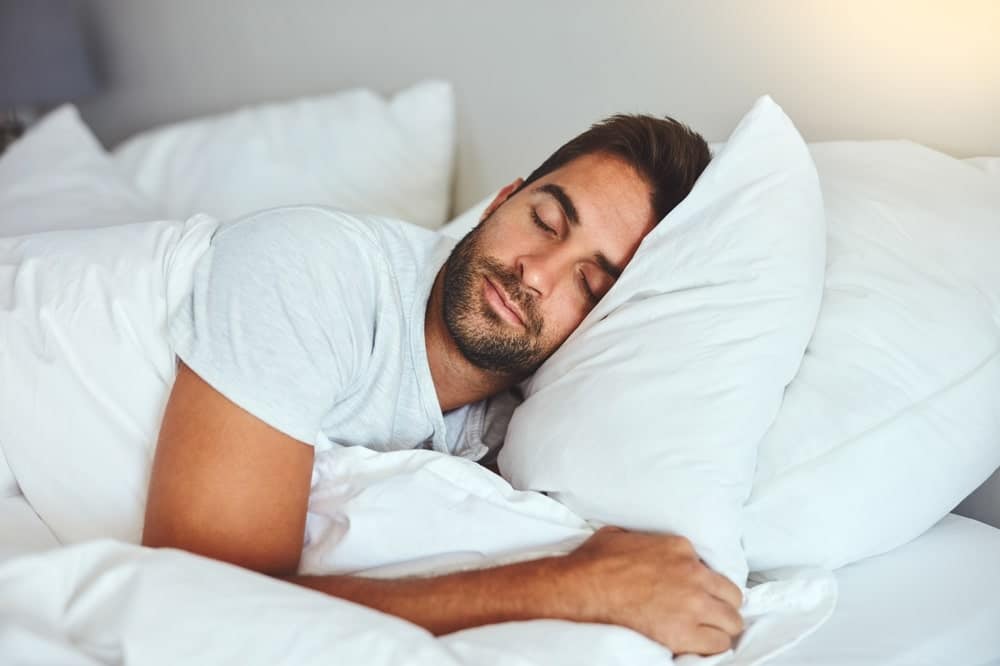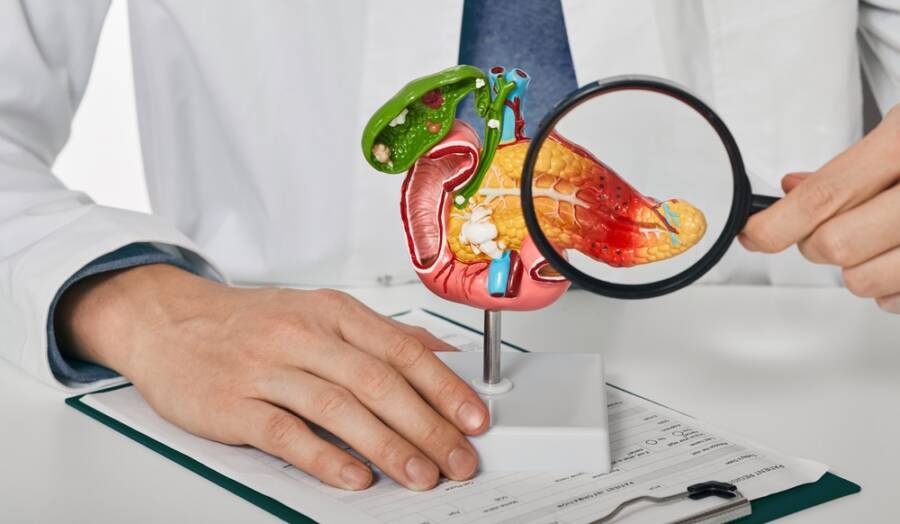Do you have pre-diabetes? Pay attention to your blood sugar levels so your condition doesn’t result in diabetes!
If you have pre-diabetes, your blood sugar levels are higher than usual. When this condition is left untreated, it results in type 2 diabetes. Pre-diabetes happens when your blood glucose levels are higher than average but not high enough to be considered diabetes. People with pre-diabetes have a 50% chance of getting diabetes in the next five to ten years.
Insulin is an important hormone that controls your blood glucose levels. When your pancreas detects high blood sugar, it produces more insulin to overcome the resistance and lower your blood sugar.
Over time, this can eventually lead to a loss of insulin-producing cells, which is common in type 2 diabetes. Also, prolonged high blood glucose levels can damage organs and nerves.
The good news is that you can take measures to improve insulin sensitivity and stop type-2 diabetes from occurring. Here are 10 natural, science-backed ways to do that!

1. Lose a few pounds
Excess weight, particularly belly fat, reduces insulin sensitivity and increases your risk of developing type-2 diabetes. This is caused by the hormones that promote insulin resistance found in the liver and muscles.
Losing weight is an effective way to increase insulin sensitivity and lower your risk of developing type 2 diabetes if you have pre-diabetes. This being said, it’s a good idea to speak with a specialist to see if weight loss is the best approach for your health. They may want to supervise your weight-loss journey, which is always a good idea, especially if you’re dealing with other health conditions.
2. Exercise more
Regular physical activity, such as exercising, helps direct sugar into the muscles for storage. Working out for 30 minutes 3-5 day per week can help boost an immediate increase in insulin sensitivity. This may become more permanent after an exercise regimen lasting at least eight weeks.
Multiple studies have also found that resistance training can improve insulin sensitivity among women and men with or without diabetes.
3. Reduce stress
Stress urges the body to go into “fight-or-flight” mode, which triggers the production of stress hormones that break down glycogen, a type of stored sugar, into glucose.
We all know that chronic stress is bad for our health, but for those with pre-diabetes, it’s even more dangerous. Ongoing stress keeps your stress hormone levels outside of healthy ranges, increasing blood sugar and stimulating nutrient breakdown.
Many studies have discovered that high levels of stress hormones also lower insulin sensitivity.
4. Add more colorful vegetables and fruits to your diet
Multiple studies have found that consuming a diet rich in plant compounds is associated with higher insulin sensitivity. This is because colorful vegetables and fruits are packed with antioxidants. Antioxidants bind to and neutralize harmful molecules called free radicals, which can cause inflammation throughout the body.
If you have pre-diabetes, pay more attention to what you eat, and make sure you incorporate more colorful vegetables into each meal and have some fruits as a snack.
5. Reduce your intake of added sugars
Added sugars, which are commonly found in highly processed foods, include primarily table sugar (sucrose) and high-fructose corn syrup. Both contain about 50% fructose.
Multiple studies have discovered that higher intakes of fructose can result in insulin resistance among people with diabetes. However, the effects of fructose on insulin sensitivity seem to also affect people who don’t have diabetes, as reported in a review of several studies indicating that consuming a lot of fructose over less than 60 days spikes liver insulin resistance, independent of total calorie intake.
In other words, if you have pre-diabetes, make sure you limit your intake of added sugars.

6. Get more sleep
It’s no surprise that good sleep is vital for a number of reasons. Surprisingly, studies have shown that a lack of good quantity and quality of sleep can lead to type 2 diabetes. According to health experts, a lack of proper sleep could hinder your insulin sensitivity.
The good news is that catching up on lost ZZs and making sure you sleep for at least 7-8 hours daily and undisturbed can help reverse the effects of less sleep on insulin resistance.
This being said, if you have pre-diabetes, it’s important to pay attention to your sleeping routine.
7. Cut down on carbs
Reducing your carb intake could help boost insulin sensitivity because a high-carb eating pattern tends to increase blood sugar levels. Consuming smaller portions of carbs regularly throughout the day gives the body less sugar at each meal, making insulin’s job easier.
Eating regularly improves insulin sensitivity, and eating low glycemic index carbs is especially better because they slow down the release of sugar into the blood, giving insulin more time to do its job efficiently. Examples of low-glycemic-index foods include yogurt, sweet potatoes, lentils, rolled oats, wholemeal pastries, and dense wholegrain bread.
8. Avoid trans fats
Unlike other fats, trans fats offer no health benefits and increase the risk of many health issues and diseases. Eating saturated and trans fats in large quantities regularly can raise low-density lipoprotein levels, also known as “bad” cholesterol. This may lead to the clogging of blood vessels, which can eventually cause cardiovascular disease and worsen the effects of pre-diabetes.
Saturated and trans fats can be found in animal products, such as fatty meats, animal skin, and dairy, and in vegetable fats, such as milk, cream, and palm oil.
9. Eat more soluble fiber
Soluble fiber attracts water when consumed and solidifies into a gel. This makes the meals go more slowly through your digestive tract, prolonging your feeling of fullness and preventing blood glucose and insulin spikes.
Moreover, consuming soluble fiber may increase the beneficial bacteria found in your colon, which may lessen insulin resistance. Avocados, apples, cauliflower, lentils, carrots, broccoli, oats, sweet potatoes, and sunflower seeds are a few examples of foods packed with soluble fiber.
To realistically and gradually increase insulin sensitivity and avoid having your pre-diabetes turn into a diabetes diagnosis, aim to eat more soluble fiber daily. Don’t forget to also hydrate yourself properly so the fiber in your digestive system gets enough water to pass through the tract.
10. Add herbs and spices to your meals
Spices and herbs, including turmeric, cinnamon, garlic, ginger, and fenugreek, have shown promising results in boosting insulin sensitivity. Other herbs that may have the same effect include oregano, fennel, parslet, cumin, rosemary, nutmeg, and dill.
Studies have identified at least 900 compounds contained in a variety of spices and herbs that may contribute to reducing insulin resistance. If you have pre-diabetes, choose the herbs and spices you like and add them to your meals whenever you’re cooking.

11. Drink more green tea
Several studies have shown that drinking green tea can help reduce blood sugar and improve insulin sensitivity in people with pre-diabetes. These beneficial effects of green tea could be thanks to its powerful antioxidant, epigallocatechin gallate, which helps increase insulin sensitivity.
If you want to try a different brand of green tea, here are plenty of different options.
12. Try a supplement
Many different supplements can help improve insulin sensitivity, including magnesium, vitamin C, and probiotics. This being said, many other supplements, such as folate, vitamin D, and zinc, don’t seem to have this effect, according to research.
As with all supplements, there’s a risk they may interact with any current medicines you may be taking, so it’s important to talk with a healthcare professional before you start taking them.
If you liked our article on pre-diabetes, you may also want to read 13 Conditions Doctors Often Misdiagnose.













